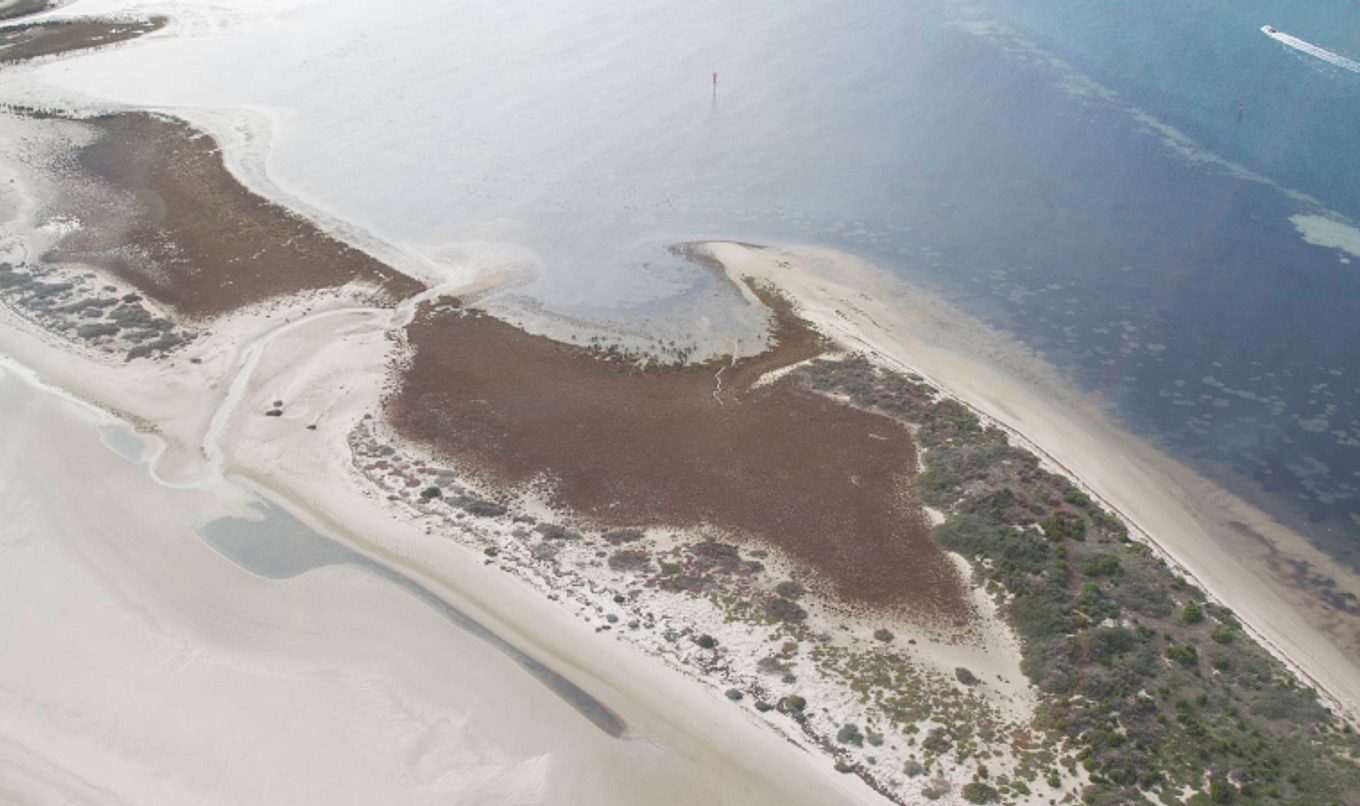New management plan for bird sanctuary takes flight
Better protection for wildlife and increasing visitor numbers are key parts of a new park management plan for Adelaide’s international bird sanctuary.

The plan captures the future management aspirations for the Adelaide International Bird Sanctuary National Park – Winaityinaityi Pangkara.
National Parks and Wildlife South Australia (NPWSSA) spokesperson Stella Kondylas said the new management plan aimed to balance the need to protect shorebirds, while encouraging people to explore this unique park.
“The new management plan will ensure long-term protection for migratory shorebirds, enable nature-based tourism such as bird watching, and support walking, cycling and kayaking options,” Ms Kondylas said.
“Over the last five years the management plan has been created in consultation with Kaurna traditional owners, volunteers, local community, all three levels of government and specialists across a range of fields such as global shorebird conservation and eco-tourism.
“The shorebirds that visit Adelaide’s coastal plains each year use the park to recuperate, feed and prepare for their return journey to the northern hemisphere and this new park management plan will ensure that the park continues to be a safe haven for these amazing birds.
“The national park, within the wider 60 kilometres of bird sanctuary area, shows our commitment to protect migratory shorebirds that travel from as far away as Russia and Alaska each year to this internationally important habitat.”
Kaurna and Narrunga Elder Jeffrey Newchurch said that since their very first visit, the bird sanctuary has offered genuine engagement with Kaurna.
“This has brought new economic opportunities to our community, including rediscovering language, family and connection to the bird sanctuary. We look forward to working together into the future,” Mr Newchurch said.
Chairperson of the Bird Sanctuary Partnership Duncan MacKenzie said the plan for this world class sanctuary presents a unique and exciting ‘roadmap’ for a wide variety of reasons, including community involvement across a broad spectrum of projects and interests.
“These include scientific research projects, monitoring of bird populations, biodiversity surveys, vegetation management and weed control, feral and pest animal control and education projects, to name a few,” Mr MacKenzie said.
The national park was proclaimed in 2016 and stretches 50 kilometres along the eastern side of Gulf St Vincent, covering 14,633 hectares of coastal land and intertidal areas in the vicinity of communities including St Kilda, Port Gawler, Middle Beach, Thompsons Beach and Parham.
It provides critical habitat for large numbers of shorebirds, many of which are migratory birds of international significance such as the eastern curlew.
A copy of the park management plan is available here: www.environment.sa.gov.au/topics/park-management/state-wide-park-strategies/park-management-plans
Pronunciation: Winaityinaityi Pangkara: Wee-nay-chinay- chi pan-ker-a

